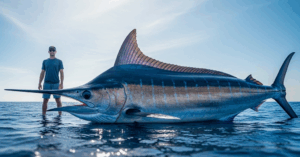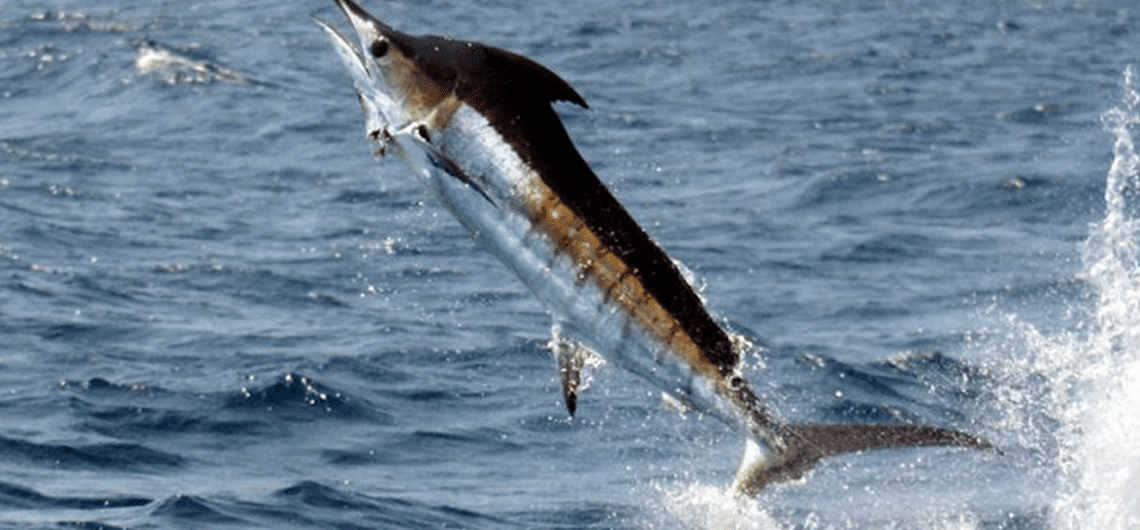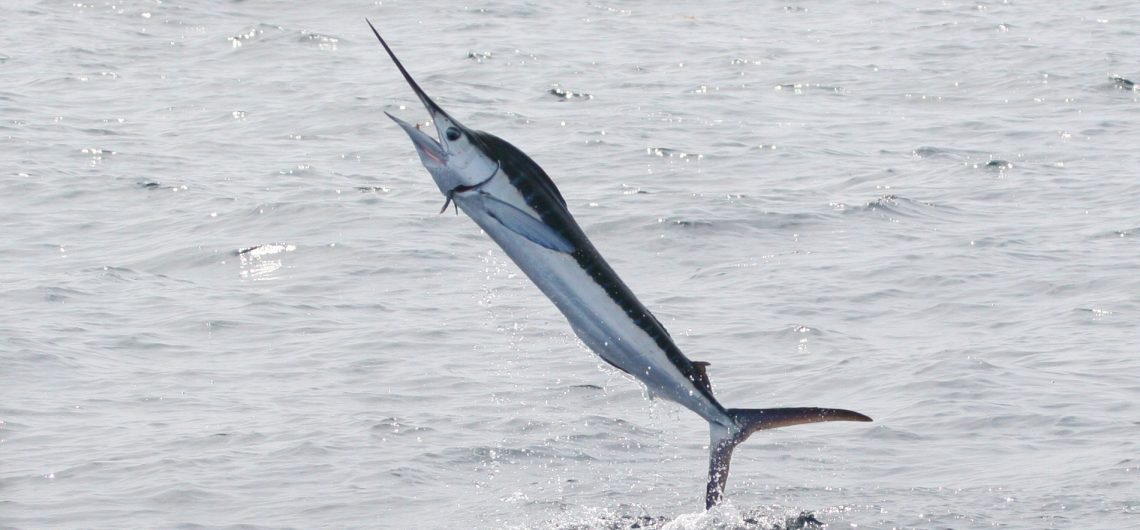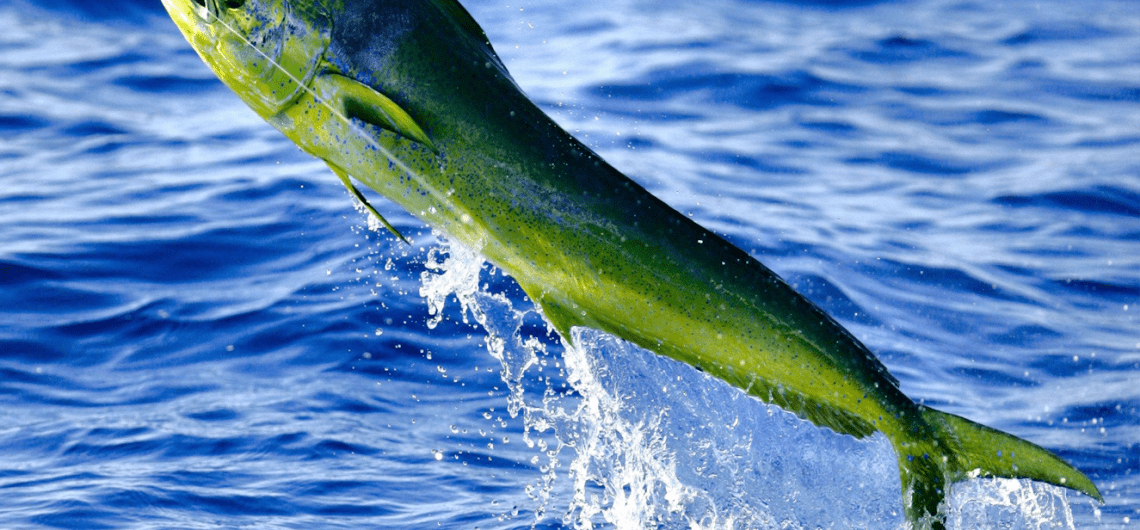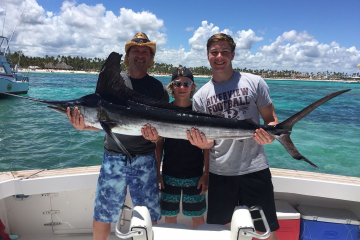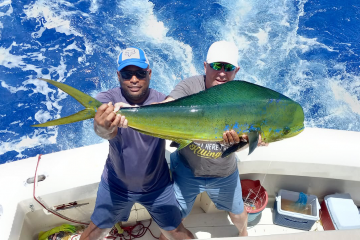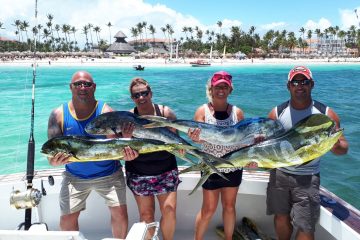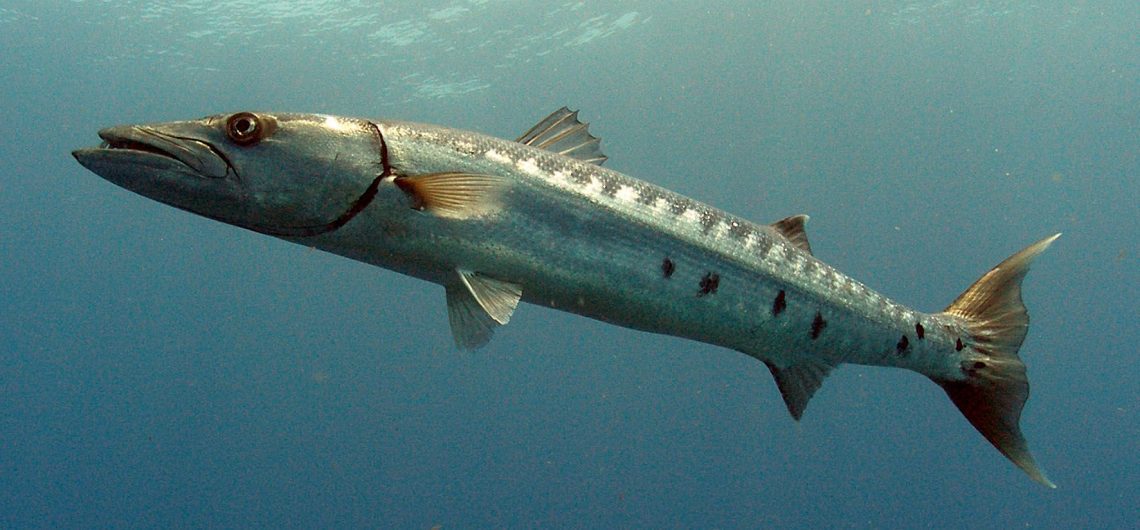Barracuda Alternative Title: Sphyraenidae Barracuda, any of about 20 species of predacious fishes of the family Sphyraenidae (order Perciformes). Barracudas are found in all warm and tropical regions; some also range into more temperate areas. Swift and powerful, they are slender in form, with small scales, two well-separated dorsal fins, a jutting lower jaw, and a large mouth with many large, sharp teeth. Size varies from rather small to 1.2–1.8 metres (4–6 feet) in the great barracuda (Sphyraena barracuda) of the Atlantic, Caribbean, and western Pacific. Barracudas are primarily fish eaters, preying on such smaller fishes as mullets, anchovies, and grunts. They are esteemed as sport fishes, and the smaller forms are also valued as food. In certain seas, however, they may become impregnated with a toxic substance that produces a form of poisoning known as ciguatera. Barracudas are often regarded as bold and inquisitive, and large ones are regarded as fearsome fishes, potentially dangerous to humans. The threat, though probably exaggerated, is real; the great barracuda is known to have been involved in attacks on swimmers.
Barracuda
Alternative Title: Sphyraenidae
Barracuda, any of about 20 species of predacious fishes of the family Sphyraenidae (order Perciformes). Barracudas are found in all warm and tropical regions; some also range into more temperate areas. Swift and powerful, they are slender in form, with small scales, two well-separated dorsal fins, a jutting lower jaw, and a large mouth with many large, sharp teeth. Size varies from rather small to 1.2–1.8 metres (4–6 feet) in the great barracuda (Sphyraena barracuda) of the Atlantic, Caribbean, and western Pacific.
Barracudas are primarily fish eaters, preying on such smaller fishes as mullets, anchovies, and grunts. They are esteemed as sport fishes, and the smaller forms are also valued as food. In certain seas, however, they may become impregnated with a toxic substance that produces a form of poisoning known as ciguatera. Barracudas are often regarded as bold and inquisitive, and large ones are regarded as fearsome fishes, potentially dangerous to humans. The threat, though probably exaggerated, is real; the great barracuda is known to have been involved in attacks on swimmers.
Take a Look at Our
Most Popular Tours
Want to Go Sea Fishing But Don't Have a Boat?
Dream of Sea Fishing But Don't Have a Boat? Book
Dream of Sea Fishing But Don't Have a Boat? Book
